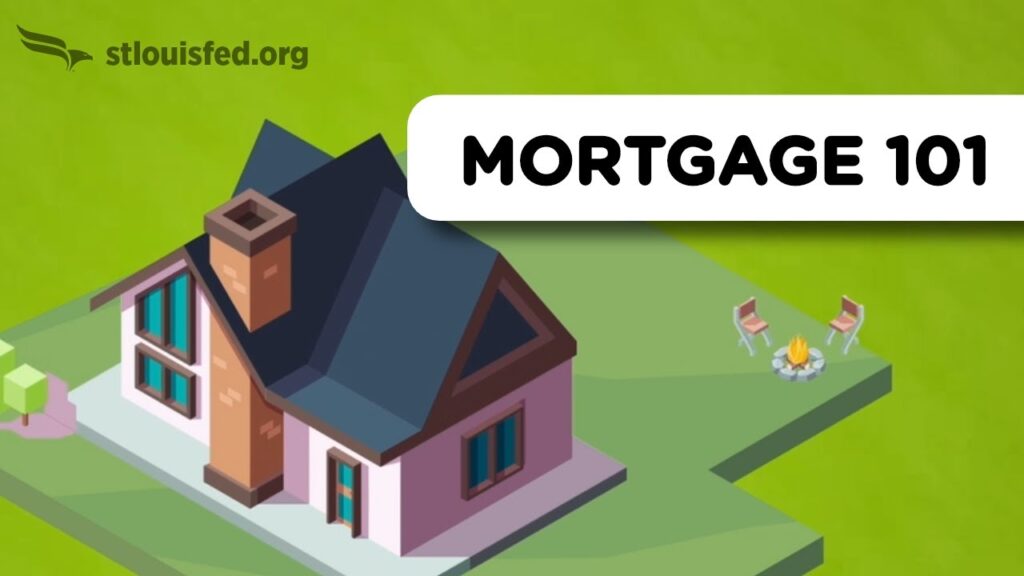
A mortgage is a loan specifically designed to help individuals purchase or refinance real estate, most commonly a home. In this arrangement, the lender provides the funds upfront, and the borrower agrees to repay the loan over a set period-usually 15 to 30 years-through regular monthly payments. The property itself serves as collateral, meaning the lender can claim ownership through foreclosure if the borrower fails to meet repayment obligations.
Key Components of a Mortgage
Mortgages consist of several essential parts:
- Principal: The original amount borrowed to buy the home.
- Interest: The cost of borrowing money, expressed as a percentage of the principal.
- Taxes: Local property taxes are often included in monthly payments.
- Insurance: Homeowners insurance (and sometimes private mortgage insurance) protects the property and the lender.
Types of Mortgages
There are various mortgage types to suit different needs:
- Fixed-Rate Mortgages: The interest rate remains the same throughout the loan term, ensuring stable monthly payments.
- Adjustable-Rate Mortgages (ARMs): These start with a fixed rate for a few years, then adjust periodically based on market conditions. This can mean lower initial payments but potential increases later.
- Government-Backed Loans: FHA loans are ideal for first-time buyers with lower credit scores, VA loans serve veterans and active-duty military with favorable terms, and USDA loans support buyers in rural areas.
- Jumbo Loans: For homes exceeding standard loan limits, often requiring higher credit and larger down payments.
- Specialty Mortgages: Options exist for self-employed individuals, those with poor credit, or buyers seeking second homes or investment properties.
The Mortgage Process
Securing a mortgage involves several steps:
- Assess your finances and credit score.
- Save for a down payment (typically 3%–20% of the home’s price).
- Shop around and get pre-approved by lenders.
- Choose the right loan type and term based on your needs.
- Complete the application, underwriting, and closing process.
Understanding these basics empowers you to navigate home financing confidently and choose the mortgage best suited to your financial goals.
Conclusion
Understanding the fundamentals of mortgages can empower you to make informed decisions on your path to homeownership. By learning about loan types, the application process, and key financial considerations, you can confidently navigate the journey from renter to homeowner.




